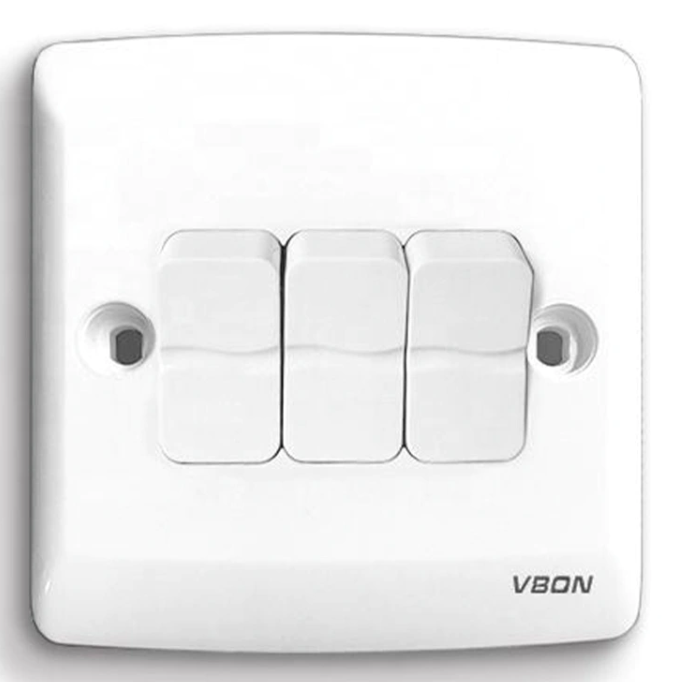Selecting an Electrical Wall Switch for Style and Safety

The humble electrical wall switch has undergone considerable transformation over recent years. What once was a simple rocker controlling a light has evolved into a refined interface that blends safety, design and function. In upgrading a home, selecting the right switch panel becomes an opportunity to improve not only control but aesthetics.
At its core, the wall switch is part of the circuit system: when the toggle is moved, the contacts inside the module either open or close the electrical path. Combined with the socket or outlet for plug-in devices, these components define how a room is powered and illuminated. Many systems now offer multi-gang panels, where two, three or even four switches share a common frame. This grouping conserves wall space and simplifies wiring runs.
Designers and manufacturers have responded to the demand for variety in wall switches. Panels made from polycarbonate (PC) material, bakelite or even metal-back frames provide texture and durability. Style lines include ripple finishes, stripe patterns, and ultra-thin profiles. Some models integrate a reset switch or include LED indicator lights adjacent to the rocker. These features help users identify status (on/off) or provide safety resets in sensitive applications.
Safety remains a key concern when choosing a wall switch. The wiring behind the wall must be installed according to local electrical code, with the live feed entering the switch assembly, proper earth grounding, and the socket box securely mounted. Switches must offer insulation between live terminals and cover plates, and they should be tested for mechanical life (for example 40,000 cycles) and current rating (10 A, 16 A, etc.). High-quality products include rigorous factory inspections covering incoming materials, production process, finished assembly and shipment.
Applying the correct switch in each room makes a difference. For a main room controlling ambient lighting, a two-gang switch may control overhead lights and wall sconces. In utility rooms, a switch adjacent to a socket might control both the space light and a fused spur outlet. In bedrooms, a bedside switch can be positioned near the bed for convenience. The choice of switch panel finish—be it wood-look or brushed metal—affects the feel of the space: warm textures for residential lounges, cooler finishes for contemporary studios.
Installation is also about user accessibility. A switch positioned at the correct height, with clear labelling (e.g., “Master Light”, “Fan”), can reduce user error and improve comfort. If the wall surface uses special materials (such as glass panels), the switch module has to be compatible in thickness and mounting. Many models now support modular design, where the switch mechanism can be replaced without removing the entire wall plate, simplifying upgrades or maintenance.
The electrical wall switch remains fundamental to how we interact with built environments. While its basic purpose is simple, the choices in design, finish, configuration and installation can significantly impact functionality and ambience. Paying attention to the switch panel, wiring integrity and layout planning will yield a system that is safe, attractive and responsive to modern living.
- Art
- Causes
- Crafts
- Dance
- Drinks
- Film
- Fitness
- Food
- Giochi
- Gardening
- Health
- Home
- Literature
- Music
- Networking
- Altre informazioni
- Party
- Religion
- Shopping
- Sports
- Theater
- Wellness



